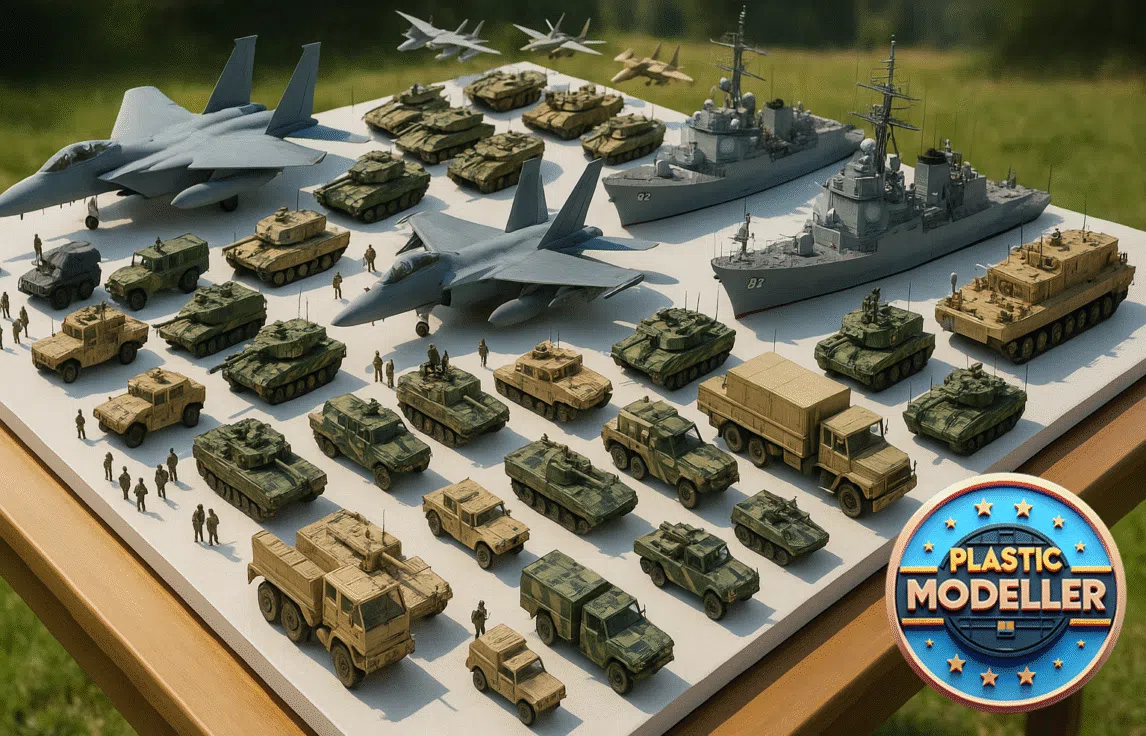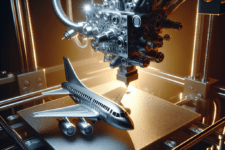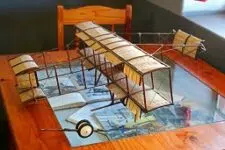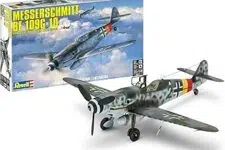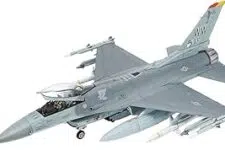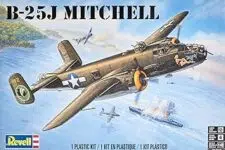Introduction:
In the realm of scale modeling, there has been an ongoing debate among enthusiasts and collectors regarding the merits of scale plastic models versus scale diecast models. Each option possesses unique advantages and appeals to different types of hobbyists. This article aims to thoroughly compare the two choices in terms of detail, accuracy, customization, availability, and overall experience. By the end, readers will have a clearer understanding of which option may be the most suitable for their preferences.
Scale Plastic Models: A Detailed Examination
Exploring the World of Plastic Model Kits:
For decades, plastic model kits have been a staple in the modeling community. These kits consist of various plastic components that require assembly, painting, and detailing by the modeler. Renowned brands like Tamiya and Hasegawa offer high-quality plastic model kits with exceptional detail and accuracy.
Detail and Accuracy:
One of the primary advantages of scale plastic models lies in the level of detail they provide. Plastic model kits often feature intricate parts, allowing for finer detailing such as panel lines, rivets, and other small elements. The application of decals and painting techniques further enhances the realism of the final product.
Customization and Personalization:
Another significant advantage of plastic model kits is the opportunity for customization and personalization. Modelers can choose from a wide range of aftermarket parts, decals, and accessories to add unique touches to their creations. This level of customization fosters greater creativity and individual expression.
Time and Patience:
Building a scale plastic model necessitates time, patience, and precise assembly. Modelers must diligently follow instructions, trim parts, glue them together, and paint each component. Although this process may be time-consuming, it offers a sense of satisfaction and accomplishment upon completion of the model.
Availability and Variety:
The market for scale plastic models is extensive, with numerous manufacturers producing kits featuring various subjects such as aircraft, vehicles, ships, and more. From historical replicas to science fiction models, a wide range of options caters to different interests and preferences.
Scale Diecast Models: A Thorough Analysis
The Allure of Diecast Models:
In contrast, diecast models come pre-assembled and painted, making them instantly display-ready. Typically crafted from a combination of metal and plastic, diecast models provide a solid and weighty feel due to their metal bodies.
Detail and Accuracy:
Diecast models are renowned for their exceptional detail and accuracy. Manufacturers employ advanced molding techniques to create models that closely resemble their real-life counterparts. The level of precision in diecast models often rivals that of plastic models.
Limited Customization:
While diecast models offer excellent detail, their level of customization is not as extensive as that of plastic models. Due to their pre-assembled nature, modifying or personalizing diecast models extensively can be challenging. However, some manufacturers do provide limited options for customization, such as detachable parts or interchangeable components.
Immediate Gratification:
A significant advantage of diecast models is the instant gratification they provide. Collectors can enjoy their models right out of the box without the need for assembly or painting. This immediacy makes diecast models more accessible to casual enthusiasts who may lack the time or inclination to build models from scratch.
Collectibility and Rarity:
Diecast models often hold significant value in the collector’s market. Limited edition releases, rare models, and special editions can become highly sought after by collectors worldwide. The collectibility factor adds an additional layer of excitement and investment potential to diecast models.
Choosing Between Scale Plastic and Scale Diecast Models:
Factors to Consider:
When deciding between scale plastic models and scale diecast models, several factors should be taken into account:
1. Level of Detail: If intricate detailing and customization are of utmost importance, scale plastic models may be the preferred choice.
2. Time and Patience: Building a scale plastic model requires time and patience, while diecast models offer instant display gratification.
3. Personalization: For those who enjoy adding unique touches to their models, scale plastic models provide greater customization options.
4. Collectibility: Diecast models, especially limited editions or rare releases, hold significant value in the collector’s market.
When it comes to choosing between scale plastic models and scale diecast models, your personal preferences, interests, and desired level of involvement in the modeling process play a crucial role. If you derive satisfaction from the hands-on experience of building and customizing models, scale plastic models offer a rewarding and creative. Conversely, if you prefer the convenience of ready-made and intricately detailed models, scale diecast models provide instant gratification and the potential for collectability.
It’s important to remember that both scale plastic models and scale diecast models possess their own unique charm and appeal. Whichever option you decide on, the sheer joy of showcasing and admiring your model collection will undoubtedly bring you countless hours of enjoyment.
Thus, whether you choose to embark on the meticulous journey of constructing a scale plastic model or opt for the immediate satisfaction of a scale diecast model, the world of scale modeling welcomes you with boundless possibilities and opportunities to express your passion for the art of miniaturization.
Wishing you a fulfilling modeling experience!
